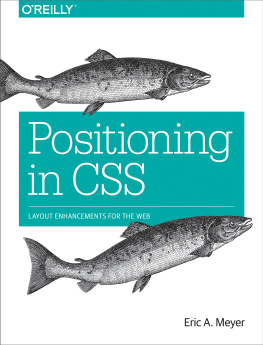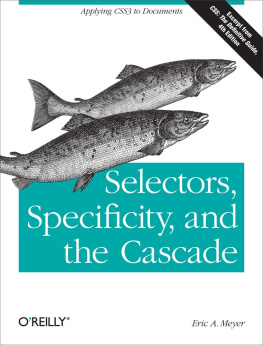Eric A. Meyer - CSS and Documents
Here you can read online Eric A. Meyer - CSS and Documents full text of the book (entire story) in english for free. Download pdf and epub, get meaning, cover and reviews about this ebook. year: 2012, publisher: OReilly Media, genre: Computer. Description of the work, (preface) as well as reviews are available. Best literature library LitArk.com created for fans of good reading and offers a wide selection of genres:
Romance novel
Science fiction
Adventure
Detective
Science
History
Home and family
Prose
Art
Politics
Computer
Non-fiction
Religion
Business
Children
Humor
Choose a favorite category and find really read worthwhile books. Enjoy immersion in the world of imagination, feel the emotions of the characters or learn something new for yourself, make an fascinating discovery.
- Book:CSS and Documents
- Author:
- Publisher:OReilly Media
- Genre:
- Year:2012
- Rating:3 / 5
- Favourites:Add to favourites
- Your mark:
CSS and Documents: summary, description and annotation
We offer to read an annotation, description, summary or preface (depends on what the author of the book "CSS and Documents" wrote himself). If you haven't found the necessary information about the book — write in the comments, we will try to find it.
Cascading Style Sheets (CSS) is a powerful tool that transforms the presentation of a document or a collection of documents, and its spread to nearly every corner of the Webas well as many non-web environments. In this free introduction to Cascade Style Sheets, youll learn how CSS makes it possible for you to completely change the way document elements are presented by a user agent. Youll discover the origins of this specification and how CSS styles work with HTML.
Learn how you can choose style sheets based on the features of a given media type, including desktop screens, web-enabled phones, digital projectors, TVs, Braille devices, print documents, and even various audio renderings of a document. CSS and Documents is an excerpt from the forthcoming 4th edition of CSS: The Definitive Guide.
Eric A. Meyer: author's other books
Who wrote CSS and Documents? Find out the surname, the name of the author of the book and a list of all author's works by series.

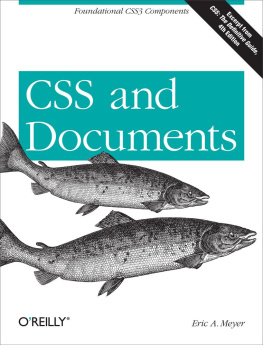
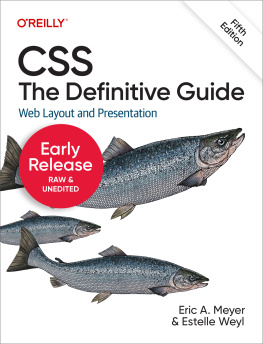
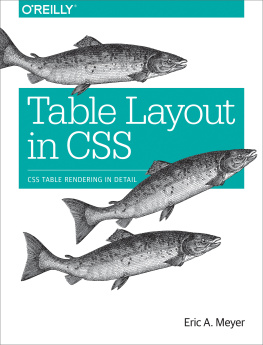

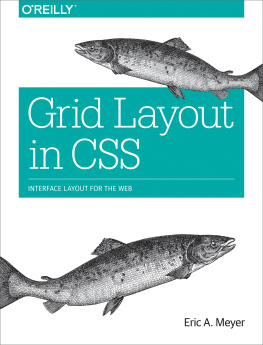

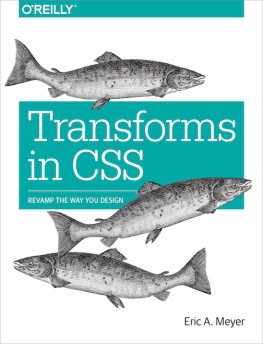

![Eric A. Meyer [Eric A. Meyer] - Padding, Borders, Outlines, and Margins in CSS: CSS Box Model Details](/uploads/posts/book/119142/thumbs/eric-a-meyer-eric-a-meyer-padding-borders.jpg)

